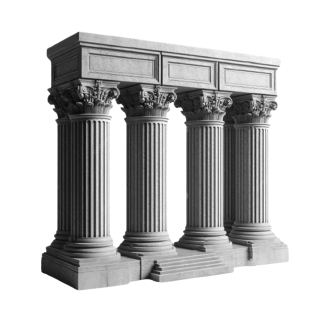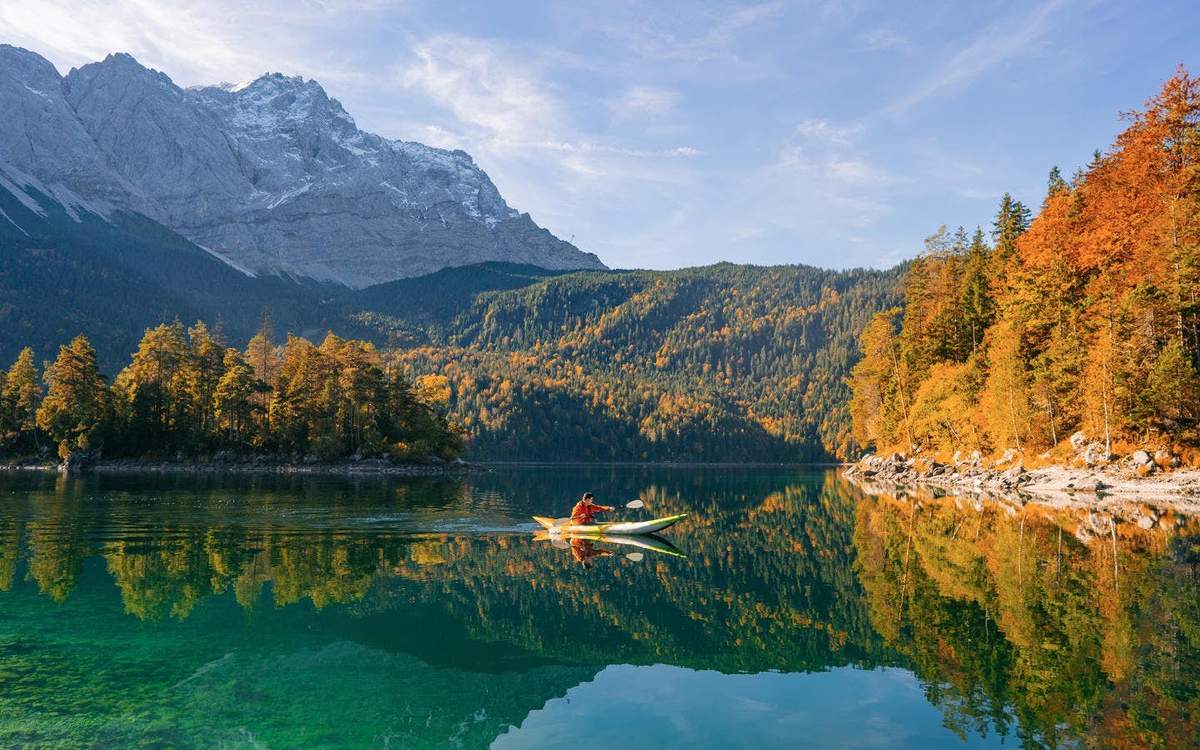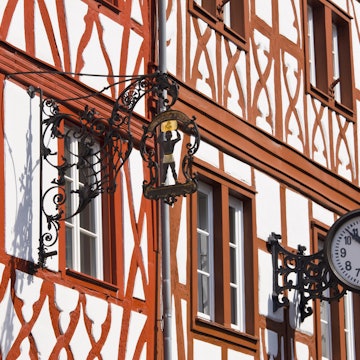
Overview
Wending between vertiginous vine-covered slopes, the Moselle (Mosel in German) is narrower than its neighbour, the Rhine, and has a more intimate charm. The German section of the river, which rises in France then traverses Luxembourg, flows for 195km from Trier to Koblenz on a slow, winding course, with entrancing scenery around every hairpin bend: vine-ribboned hillsides, colourful half-timbered medieval villages, crumbling hilltop castles, elegant Jugendstil (art nouveau) villas, and ancient wine warehouses.
Leave the planning to a local expert
Experience the real Moselle Valley. Let a local expert handle the planning for you.
Must-see attractions
Get a book. Get inspired. Get exploring.
in partnership with getyourguide











